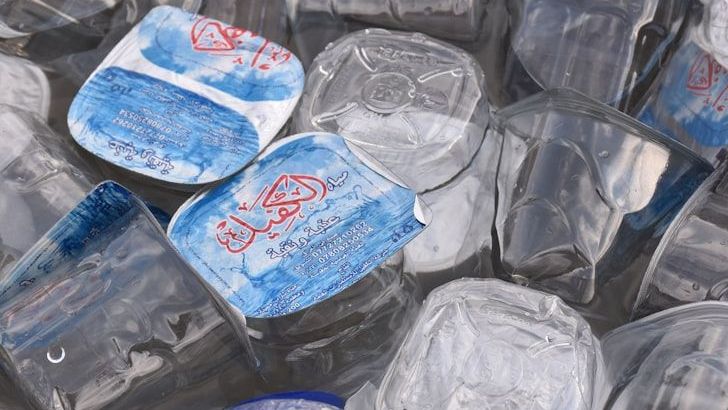The Chemical Cocktail I Didn’t Sign Up For
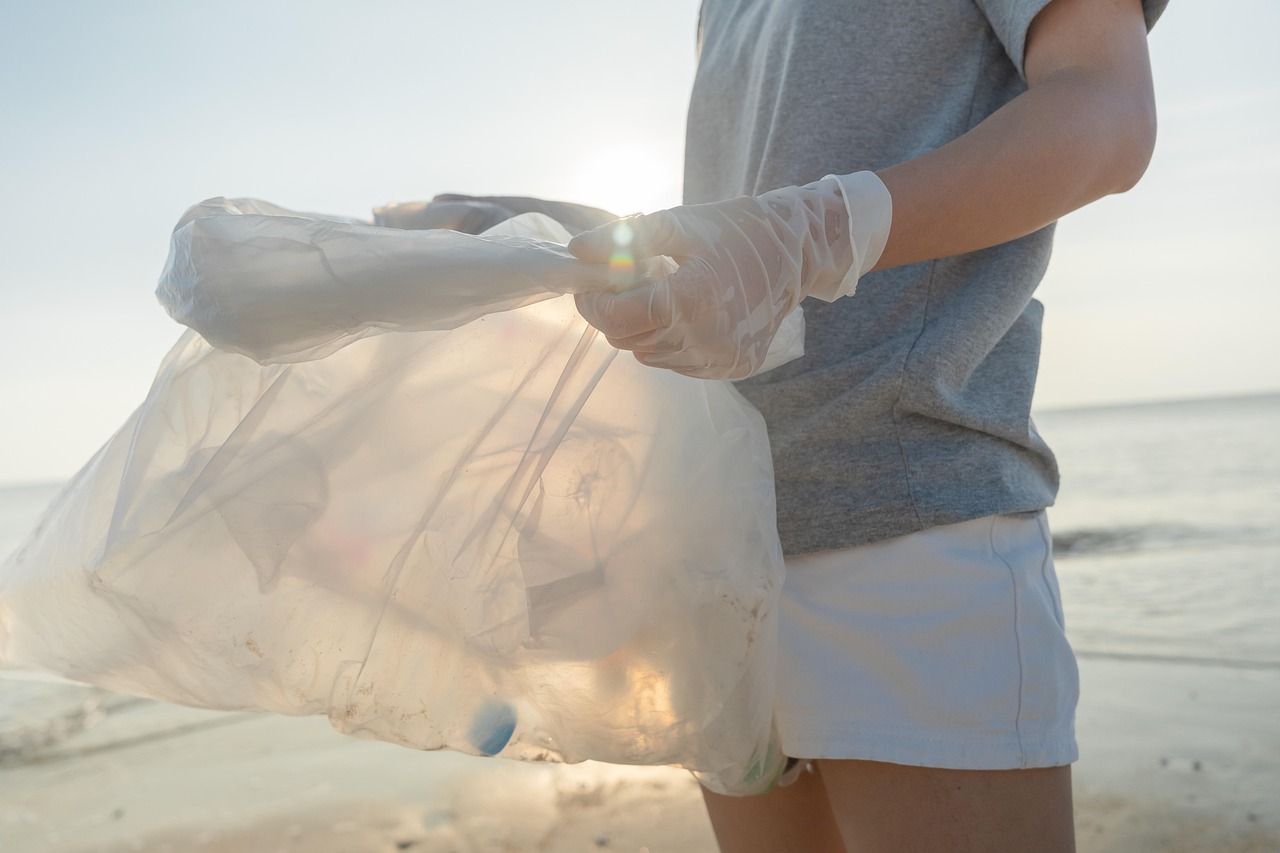
Last year, I discovered something that made me completely rethink my entire pantry. While researching household chemicals for a completely unrelated project, I stumbled across information about plastic storage containers that stopped me cold. Three major types of chemicals to watch out for many food products and containers are phthalates (used to soften plastics), PFAS (per- and polyfluoroalkyl substances) which make products stain and grease resistant, and bisphenol A (BPA), which is used to make very hard, shatterproof plastic (it usually has #7 on the bottom) and is also found (but not labeled) in the lining of canned foods and beverages. My supposedly safe plastic bins were essentially tiny chemical factories, slowly releasing compounds into whatever I stored inside them. While almost everyone is aware of the problem of bisphenols, phthalates, and PFAS, studies of plastic packaging have identified thousands of chemicals, with many assessed for toxicity and many others with unknown toxicity.
The more I dug into the research, the more unsettling it became. When phthalates, PFAS, and BPA get into our bodies, they affect hormones like estrogen or testosterone. These aren’t just abstract health concerns – we’re talking about actual hormone disruptors that can mess with your body’s natural systems. What really got to me was learning that these chemicals don’t just stay put in the plastic; they actively migrate into whatever you’re storing, especially when exposed to heat or over time.
My Kids Changed Everything
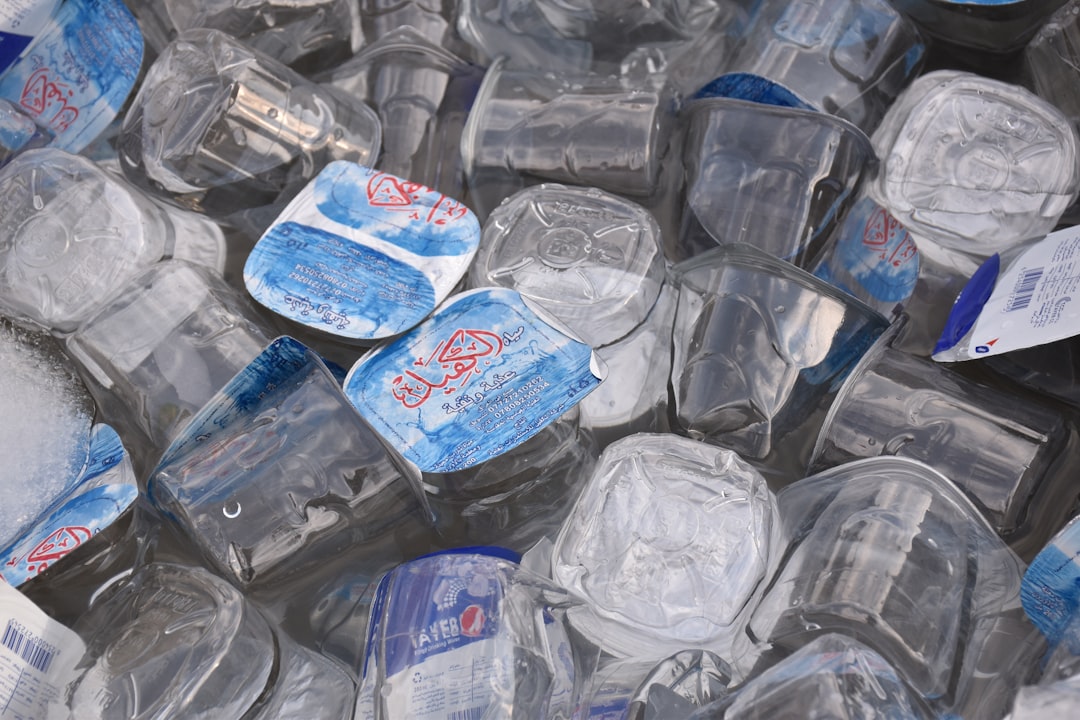
The breaking point came when I read about children’s vulnerability to these chemicals. People are especially vulnerable to endocrine disruptors when they are growing and developing. For example, research has found that children exposed to phthalates in the womb or during their first year of life are more vulnerable than adults. Suddenly, those cute plastic containers storing my kids’ snacks didn’t seem so innocent anymore. I realized I’d been unknowingly exposing my family to chemicals that could potentially affect their development, reproductive health, and hormone systems.
Unfortunately, BPA and other hazardous plastic chemicals in plastics are especially harmful to pregnant people, unborn babies, infants, and children, whose bodies are undergoing key development stages. The higher a pregnant person’s blood levels of BPA, particularly during a male fetus’ developmental stages, the greater the risks of abnormal genital development, autism, changes in sperm characteristics, feminization, low birth weight, and low testosterone level after birth. Reading this as a parent was absolutely terrifying. The thought that something as simple as storing snacks could potentially impact my children’s long-term health made the decision to switch away from plastic incredibly urgent for our family.
The Heat Factor That Scared Me Most
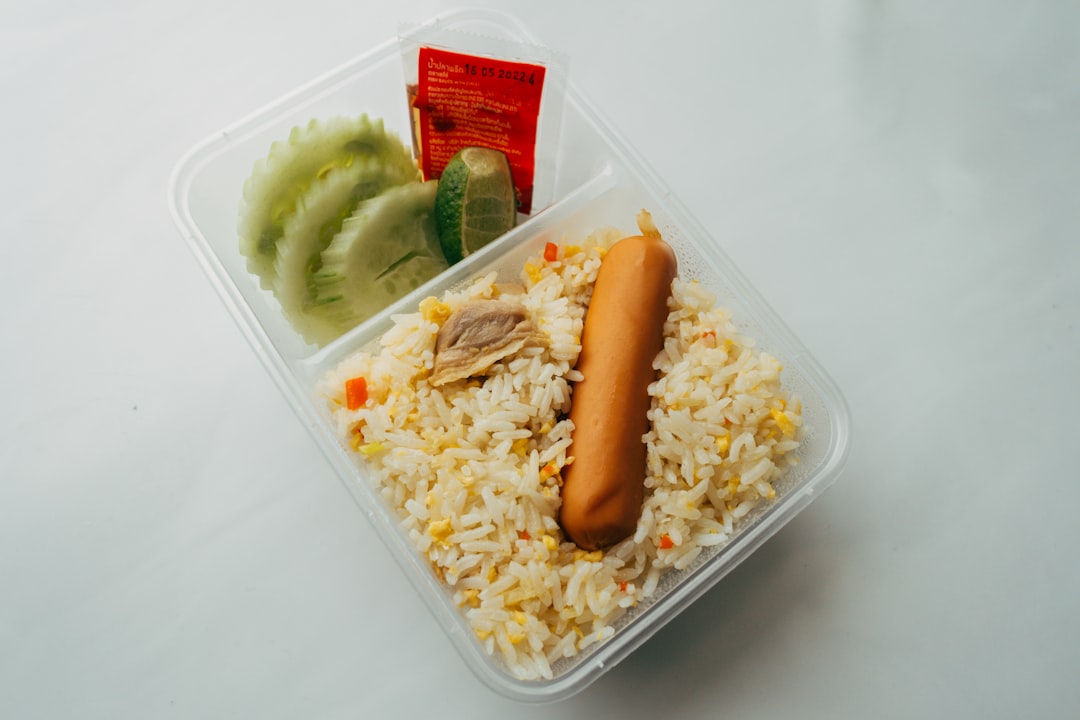
Here’s what really caught my attention: heat makes everything worse. BPA can leach from plastic containers into foods and beverages, especially when they are heated, or used for long periods of time. I used to microwave food directly in plastic containers without thinking twice about it. Now I know that was essentially creating a chemical soup. Considerable research shows that the longer a food is in a container and the more the food is heated while in the container the higher its levels of contaminants, such as phthalates.
Even storing hot leftovers in plastic bins was problematic. The temperature doesn’t need to be extreme – just warm foods can trigger increased chemical migration. Think about how often we put warm pasta sauce, soup, or freshly cooked vegetables into plastic containers. Each time, we were unknowingly increasing our family’s exposure to these harmful substances. The convenience factor that made plastic seem so appealing was actually working against our health in ways I never imagined.
The Microplastics Discovery That Shocked Me
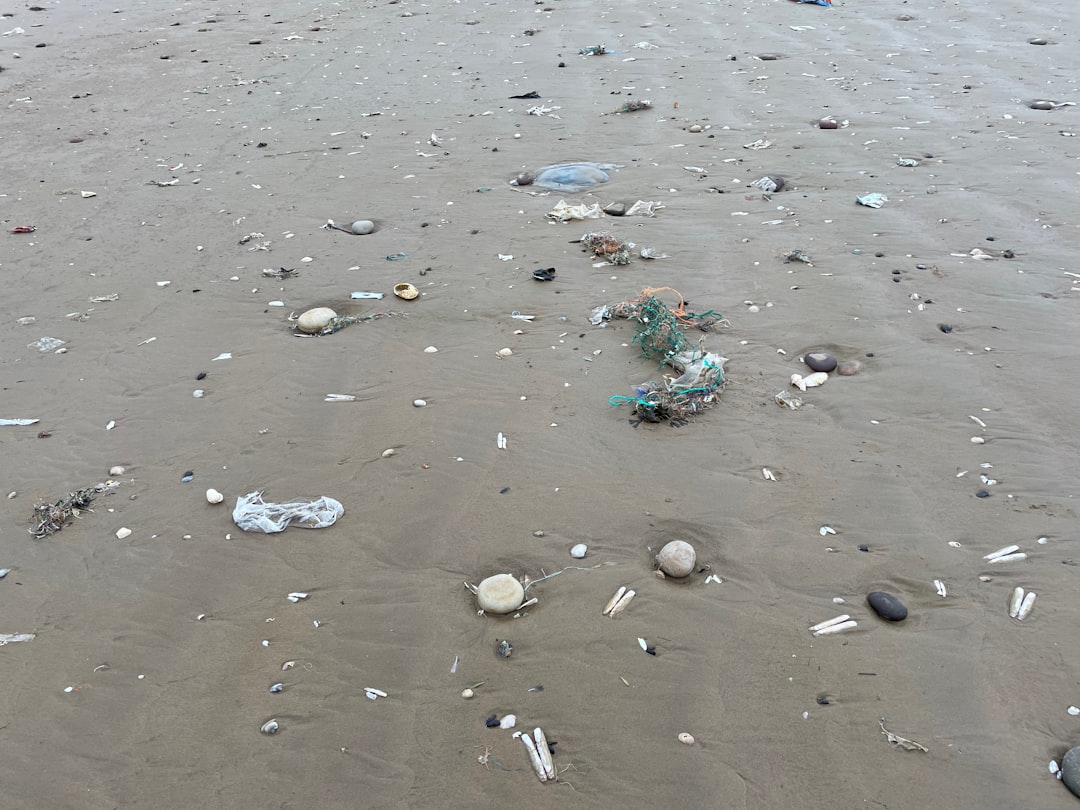
Microplastics are “small plastic pieces less than five millimeters long” that can come from the breakdown of larger plastics or can be plastics that are intentionally made to be very small. Microplastics have been found in nearly every part of the human body, from major organs like the heart and brain to breast milk and the placenta. As researchers continue to study microplastics in the human body, they are finding them in more places. This revelation was like something out of a science fiction movie, except it’s our reality right now. Those storage containers weren’t just leaching chemicals; they were physically breaking down and ending up inside our bodies.
What makes this even more concerning is that we don’t fully understand the long-term health implications yet. We do not yet know the impact of microplastics on our health, but we know that they come from plastics that contain chemicals like BPA, phthalates, and PFAS. The fact that scientists are still studying the effects doesn’t make me feel better – it makes me feel like we’re all part of an unintended experiment. When I realized that every plastic container I used was potentially contributing to microplastic accumulation in my family’s bodies, the switch to alternatives became non-negotiable.
The Environmental Reality Check
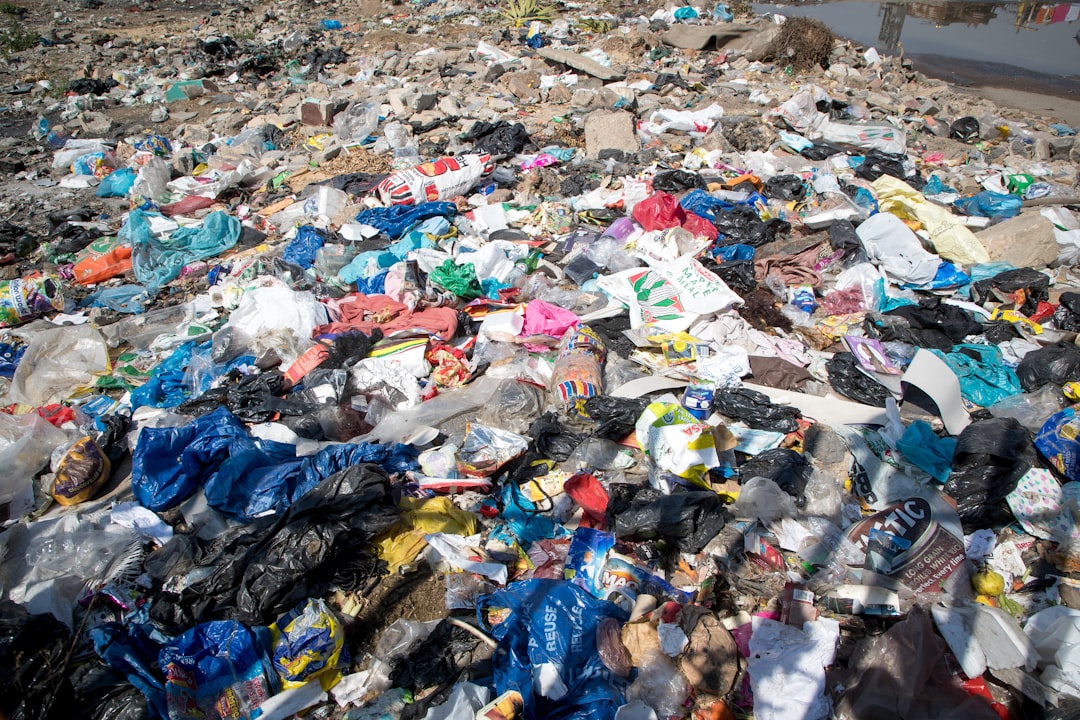
Beyond personal health, the environmental impact of plastic storage containers became impossible to ignore. While recycling has been touted as one solution to counter plastic waste and resource utilization, it has been largely ineffective in offsetting the impact of rising global plastic production of more than 400 million metric tonnes annually, due to low global recycling rates of only 9%. Those bins I thought I was responsibly recycling? Most were probably ending up in landfills anyway.
The world is producing twice as much plastic waste as two decades ago, with the bulk of it ending up in landfill, incinerated or leaking into the environment, and only 9% successfully recycled, according to a new OECD report. Every plastic storage container I bought was contributing to this growing problem. Looking from the perspective of environmental impact, the report authors point out that each ton of recovered material cuts 1.5 tons of carbon. Clear plastic containers and flexible film objects were among the most common uncaptured materials. Knowing that my storage choices were part of a larger environmental crisis made the transition to sustainable alternatives feel both personally and globally responsible.

